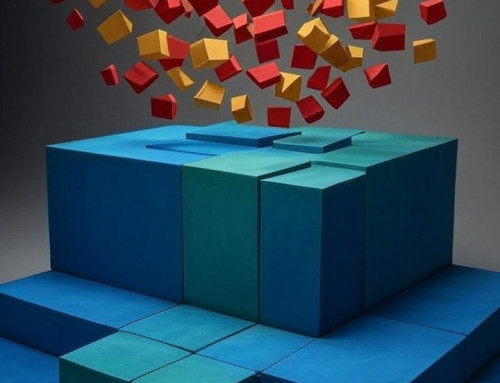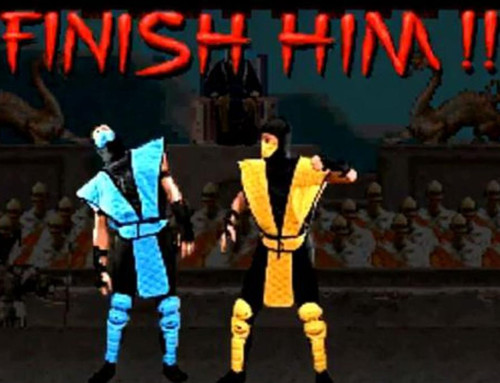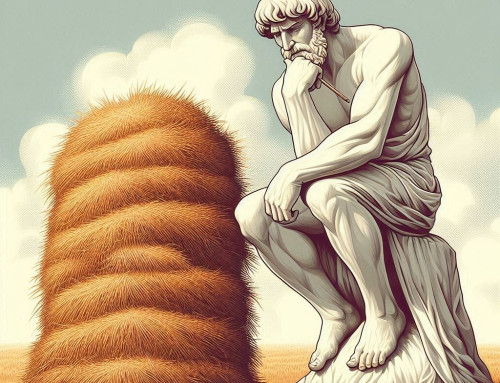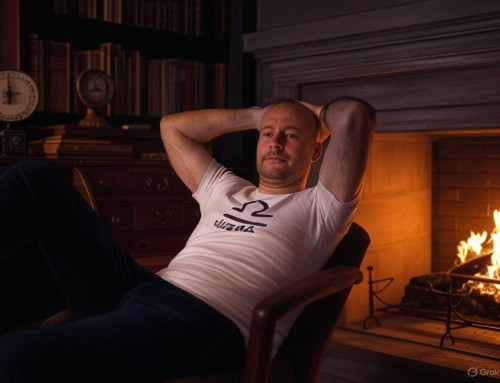Most have heard of and have a general understanding of Yin and Yang. Most understand that they are opposites, one is hard the other soft, one black, the other white. However, most don’t fully understand that they are one in the same as one cannot survive without the other. Another misconception is how it works in the martial arts.
I would like to start by explaining, especially for my students and those who train in the Korean arts that the Yin/Yang symbol on the Korean flag is known as “Taegeuk” and is represented as a red and blue symbol. The meaning and philosophy are much the same though.
While yin and yang are opposites, one hard, one soft (or one positive, one negative), the fact is, they are always present at the same time. There is no left without a right, there is no fast without slow, there is no wet without dry. Many try and separate these opposite in the martial arts. Some arts are known as “Hard” or “Yang” style arts, while other arts are known as “Soft” or “Yin” style arts. While it’s true that some arts focus on one attribute over the other, the fact is, all styles have elements of hard and soft.
Take Taekwondo or Karate for instance, widely know and advertised as a “hard” style martial arts since they lean towards force verses force. Hard strikes, hard kicks, hard blocks. However, listen to any coach or instructor while you’re sparring and there’s a good chance you’ll hear him/her tell their student to “relax!” Staying relaxed will allow greater speed, conserve energy, control heart rate and allow a student to maintain balance if struck by a hard strike. Even while kicking and striking there are elements of softness going on. Sliding out to the side of an oncoming attack and flowing through combinations rather than forcing out of sync techniques are elements of Yin (soft) within Yang (hard).
How about those “Soft” style arts such as Tai Chi or Aikido known for their flowing, gentle movements? Are there elements of hardness in these? Absolutely. While all of the techniques may be soft, there is still need for force, albeit minimal. Mind that it also takes a “hard” attack to create a “soft” defense. Without that hard attack, there will be no soft defense.
Yin and Yang are laws of nature that are prevalent in every aspect of our lives, not just in the martial arts or eastern cultures
Even through physical resistance (hard), softness can be beneficial at the exact same time. Let’s do a demonstration. This is a neat trick you can do with a friend. This is a demonstration of ki power used in Aikido known as the “unbendable arm”. I don’t mean to offend those who believe in this ki power, I just want to point out that in this scenario, this demonstration can be explained through biomechanics and kinesiology (the study of the mechanics of body movements). Have your friend hold their arm straight out in front of them. Step up near them so that their outstretched arm is on your shoulder. Place both of your arms onto the bicep or inner elbow, ready to pull down. Tell them to resist your attempts to bend their elbow, moving their hand near their shoulder (You can attempt to bend their arm any way you like, this is just the easiest). Depending on the strength and height difference between you and your friend, you should be able to bend their arm without too much trouble. Now tell your friend to focus pointing their arm at a distant location and not to lose focus on pointing their arm straight. Now follow the same directions as above and attempt to bend their elbow. What did you notice? If done properly, you will find that they are suddenly unable to bend your friends arm, or at least it became much more difficult. Why is this? It’s because in the first attempt, the friend contracted all the muscles in their arm at once in an attempt to resist the bending. This includes contracting the biceps, the muscle that actually causes the arm to bend. This means they were actually helping you bend their arm. In the second attempt, by focusing on pointing their arm in the distance, the body switches gears and fires off a different combination of muscle groups to resist and relaxes all of the others, namely the bicep. Without the biceps countering the effects of the triceps, the arm suddenly becomes many times stronger! As you can see, the arm became “unbendable” and stronger by contracting the triceps (hard) and relaxing the biceps (soft). Once again, opposites working together in unison! Also note how focusing the mind on a different task can make a dramatic difference. The brain and body are mind blowingly amazing …if we just take the time to learn how to make use of them!
We use this same technique while grappling to conserve energy. Resting some muscles that aren’t necessary at the moment while contracting other muscles groups to accomplish the desired action. Most novice grapplers fail miserably at this, contracting every muscle in their body at once. I’ve watched high level, well conditioned athletes become physically drained within just a minute or two of a grappling session, while lesser conditioned, supposed “non-athletes” who have been training in grappling for an extended period of time can last 10, 15, even 30 minutes!
Yin and Yang are laws of nature that are prevalent in every aspect of our lives, not just in the martial arts or eastern cultures. Just remember, there is no failure without success, there is no appreciation for heaven without experiencing hell and for every down, there is an up, and we just have to recognize it when it shows itself!







Leave A Comment